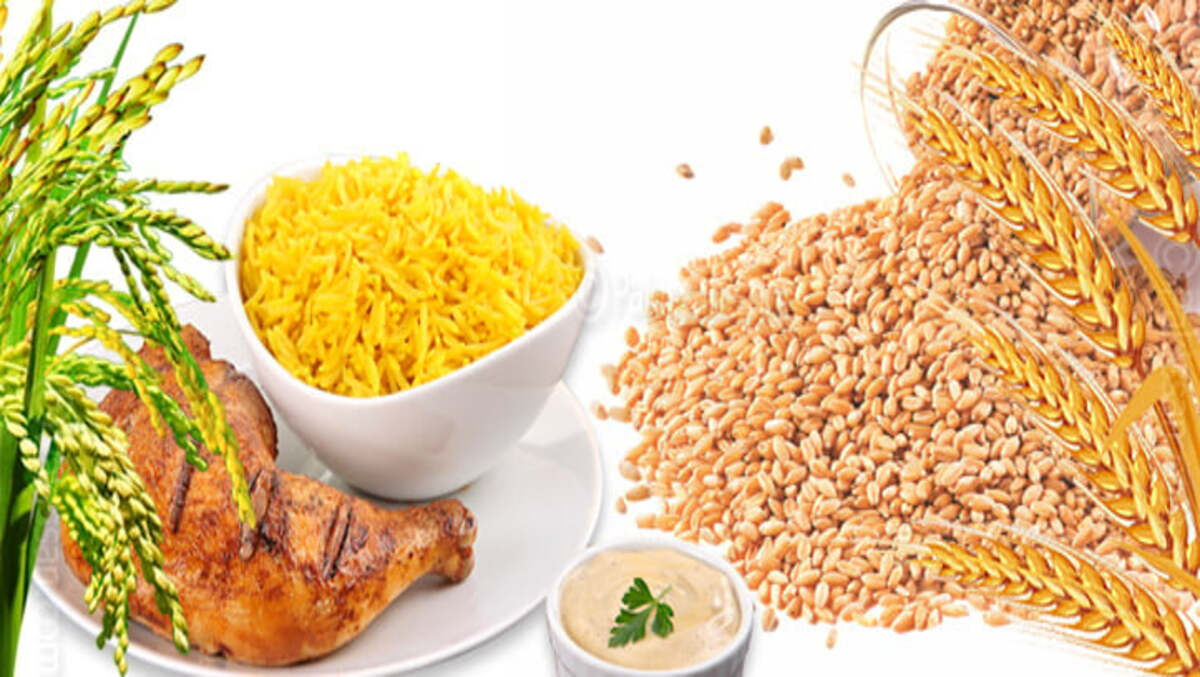Context:
Recently, the Prime Minister of India released 109 high yielding, climate resilient and biofortified varieties of crops at India Agricultural Research Institute, New Delhi
Background:
The launch of these varieties represents a significant advancement in the government’s effort to strengthen and future-proof Indian agriculture.
About Biofortification:
- Biofortification is the process of improving the nutritional quality of food crops. This can be achieved through two main methods:
- Conventional Breeding: This involves selecting and crossbreeding plants that naturally have higher levels of certain nutrients. Over time, this process enhances the nutrient content of the crops.
- Genetic Engineering: This method involves directly modifying the plant’s genes to increase the levels of specific nutrients.
- It aimed at developing and disseminating crops that are naturally rich in essential micronutrients, containing higher levels of vitamins, minerals, and other nutrients.
Benefits:
- Improved Nutrition: Helps combat micronutrient deficiencies, especially in low and middle-income countries.
- Accessibility: Provides essential nutrients to rural populations who may not have access to commercially fortified foods.
Examples:
- Golden Rice: Enhanced with beta-carotene to address vitamin A deficiency.
- Iron and Zinc-Enriched Wheat: Developed through radiation breeding to improve iron and zinc content.




Comments (0)